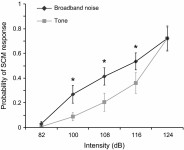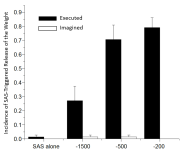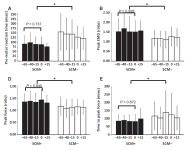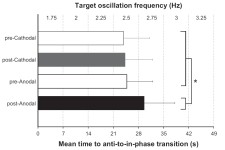MSc and PhD Scholarships available in Motor Control at the University of Ottawa

See .PDF of posting HERE The Centre for Neuromotor Behaviour in the School of Human Kinetics at the University of Ottawa has Two Academic Scholarships for incoming MSc or PhD students available for September 2017 / January 2018. The scholarships, valued at a minimum $17,000/ year (MSc – 2years; PhD…







